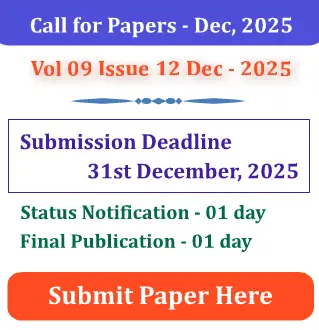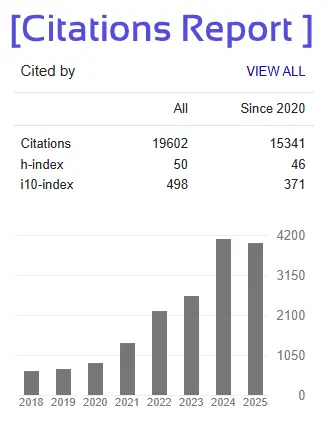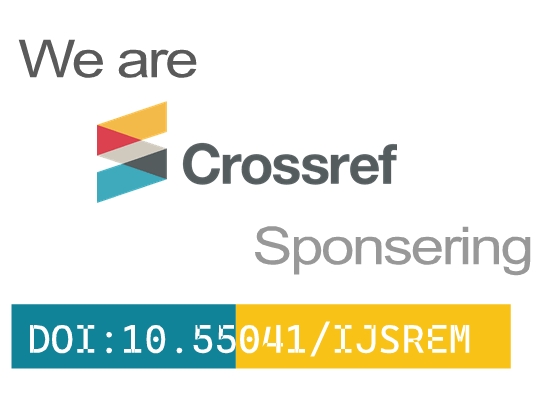Diabetic Retinopathy Classification with Deep Learning via Fundus Images
Dr.AB.Hajira Be1, K. Valarmathi2
1 Associate Professor
Department of Computer Applications
Karpaga Vinayaga College of Engineering and Technology
Maduranthagam TK
2PG Student
Department of Computer Applications
Karpaga Vinayaga College of Engineering and Technology
*Corresponding Author: Valarmathi K Email: valarmathikumar2003@gmail.com
Abstract - Diabetic retinopathy (DR) is a micro vascular disease that is associated with diabetes mellitus. DR can cause irreversible vision loss and low vision. DR classification, that is, early DR diagnosis and accurate DR grading, is critical for vision protection and immediate treatment. Deep learning-based automated systems led to significant expectations for DR classification based on fundus images with advantages. In the past several years, many outstanding studies in this area have been conducted and several review articles have been published. However, the new trends and the future directions are need to furtherly analyzed. Thus, we carefully included and read 94 related articles published from 2018 to 2023 through Web of Science, PubMed, Scopus, and IEEE Xplore. From this review, we found that transfer learning has been used as an outstanding strategy for overcoming the issue of the limited data resources to support DR analysis. CNN models of ResNet and VGGNet with layers of tens or even hundreds are the most popular frameworks used for DR classification. The APTOS 2019 and EyePACS are the most widely used datasets for DR classification. In addition, some lightweight DL architectures like Squeeze Net and MobileNet have been proposed for DR classification tasks, especially for limited data resources and computational capabilities. Although deep learning has achieved or surpassed human-level accuracy in DR classification, there is still a long way to go in real clinical workflows. Further improvements in model interpretability. This work introduces an automated system for identifying these conditions using image processing and machine learning. Our methodology includes image acquisition, pre-processing to enhance quality, and the extraction of key features relevant to glaucoma (optic disc) and DR (microaneurysms, exudates). A trained classifier then accurately identifies the presence of these diseases. This automated approach offers a rapid, objective tool for early detection and diagnosis, enabling timely interventions to potentially prevent vision loss. The development of such a system holds substantial potential for improving healthcare accessibility and patient outcomes in ophthalmology.
Key Words: Authentication, data security, distributed ledger, online voting, privacy, verification







